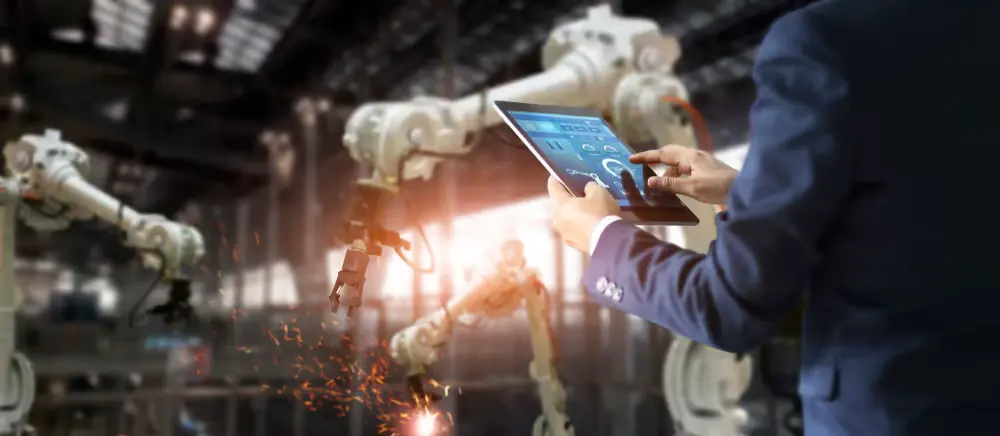The welding industry, historically rooted in craftsmanship and manual labor, is undergoing a significant transformation fueled by advancements in digital technologies. This article explores the profound impact of digitalization on welding processes, equipment, and overall industry practices.
Automation and Robotics
Digital technologies have revolutionized welding through automation and robotics. Automated welding systems equipped with sensors, actuators, and advanced control algorithms can perform repetitive welding tasks with high precision and consistency. Robotics enable faster production rates, reduce labor costs, and improve weld quality by minimizing human error and ensuring uniformity. This shift towards automation is particularly evident in industries like automotive manufacturing, where high-volume production demands efficiency and reliability.
Digital Welding Equipment and Sensors
Modern welding equipment incorporates digital interfaces and sensors that enhance control and monitoring capabilities. Digital welders allow operators to adjust welding parameters such as voltage, current, and travel speed with greater precision and ease. Real-time data collection and analysis from sensors provide insights into weld quality, helping operators make informed adjustments and optimizations. This data-driven approach not only improves productivity but also facilitates predictive maintenance, reducing downtime and enhancing equipment reliability.
Augmented Reality (AR) and Virtual Reality (VR) Applications
AR and VR technologies are making significant strides in the welding industry by enhancing training programs and operational efficiency. AR-enabled welding helmets overlay digital information onto the welder’s field of view, providing real-time guidance on parameters, joint alignment, and weld sequencing. VR simulations offer immersive training environments where welders can practice and refine their skills in a safe, virtual setting. These technologies shorten learning curves, improve skill development, and ensure compliance with industry standards and best practices.
Digital Twin Technology
Digital twin technology is gaining traction in welding and manufacturing by creating virtual replicas (digital twins) of physical welding systems and processes. These virtual models simulate real-world conditions and enable engineers to test and optimize welding procedures before physical implementation. By predicting outcomes and identifying potential issues, digital twins support continuous improvement initiatives, reduce waste, and accelerate innovation in welding technologies.
Connectivity and Industry 4.0 Integration
The integration of welding equipment with IoT (Internet of Things) platforms facilitates seamless connectivity and data exchange across manufacturing operations. Connected welding machines can transmit real-time data to centralized systems for monitoring production metrics, equipment performance, and quality control. This connectivity enables proactive maintenance scheduling, remote diagnostics, and adaptive welding processes based on real-time feedback. The concept of Industry 4.0, characterized by the digitization of manufacturing, underscores the transformative impact of digital technologies in optimizing efficiency and competitiveness in the welding industry.
Conclusion
In conclusion, digital technologies are reshaping the welding industry by enhancing automation, precision, and operational efficiency. From automated welding systems and digital welders to AR/VR applications and digital twin technology, these advancements are driving innovation and paving the way for smarter, more sustainable manufacturing practices. Embracing digitalization not only improves productivity and quality but also positions the welding industry at the forefront of technological advancement in the global manufacturing landscape. As digital capabilities continue to evolve, the potential for further enhancements in safety, sustainability, and profitability in welding remains promising.

